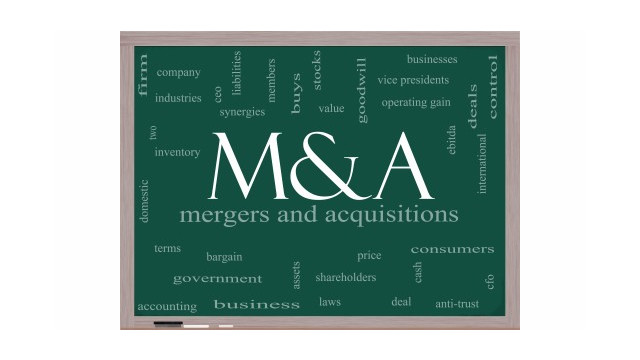Firm Management
M&A – A Smart Business Model for Smart CPA Firms
M&A can be incredibly advantageous to firms looking to heighten profitability and create longevity and sustainability for their practices, their team members, and their clients.
Sep. 13, 2022

By Ira Rosenbloom.
CPA firms consistently demonstrate that they are reliable, strong enterprises. The potential inherent in accounting practices is so significant that not only have other businesses attempted to roll up firms over the past years, private equity groups are now making substantial investments in the industry.
The business of public accounting is of strong interest to potential investors because the business is a pathway for growth and control. As such, the more firms look at themselves as businesses and run themselves in that way, the more value they will enjoy, and the more potential attention.
Most CPA firms seek to improve their model much like corporate America does, by looking for ways to improve processes, create efficiencies, attract more clients, and strengthen their bench of talent. One common road that corporate America takes to enhance business is by making M&A a standard part of their business plan, because practice combinations are ripe with opportunities to help a business gain advantages.
There’s a reason that, according to a KPMG survey, “2021 was a blowout year for M&A,” even surpassing pre-pandemic M&A levels. Corporations around the world have been looking for ways to stay strong and keep operating.
While M&A has long been an avenue for accounting firm succession, a firm combination can be a bold, entrepreneurial business endeavor in the hands of smart CPA firms looking to gain business advantages like companies in other industries. Consider these five advantages CPA firms can attain through M&A:
- M&A makes a firm more competitive. Businesses always look for ways to outperform, fend off, or weaken their competition. A larger, combined firm often has more services and talent to offer larger clients and, therefore, becomes more attractive. In addition, CPA firms often combine through M&A specifically to “lock up” a geographic area—or move into others. It can be used as a strategy to make the competition disappear.
- M&A leads to increased services. Some firms merge to augment services offered to clients. Introducing a practice’s most profitable services to new clients has a quick and profitable impact. If firms have different yet complementary skill sets, the whole client base can benefit. The best kinds of mergers look toward increasing service offerings to clients.
- M&A builds talent. A larger firm can justify adding new experts to the team along with their salary requirements. And more qualified talent equates to adding services, higher billings, and added trust in the firm. It also creates more opportunities for emerging partners since it’s difficult to rationalize a partner path when firm profitability is low. Every good business is always looking for better talent.
- M&A attracts bigger clients and fees. Some clients look for high-touch attention—and a little prestige from firms that are now big players in the field. A newly combined firm offers a certain amount of prestige to larger clients looking for more attention and more ideas to make their businesses better. On a related note, the industry-wide M&A trend creates an opportunity for mid-sized firms looking for bigger clients. Clients that are dissatisfied with their current mega-firms that have already merged are looking for higher touch service. Those clients are sometimes dissatisfied with the mega-firm’s growth strategy and are starting to look around for a competent accounting firm to provide the service and attention they seek.
- M&A creates efficiencies. Team members get better and faster at performing services when those services are bundled. Processes get streamlined. Technology is shared and better utilized. There is broader enthusiasm for value-added billings. Here’s one example: if a firm performs audits in one industry, adding 10 more audit clients in that industry makes the team better. They are more efficient at doing audits. Team members become true experts, which can equate to increased profitability.
Of course, M&A can’t be entered into in a casual way. Firms looking to combine need to have a plan, a process, and a series of protocols and controls the same as they would put in place for any other business opportunity.
However, M&A can be incredibly advantageous to firms looking to heighten profitability and create longevity and sustainability for their practices, their team members, and their clients.
======
Ira Rosenbloom is Chief Operating Executive at Optimum Strategies.
